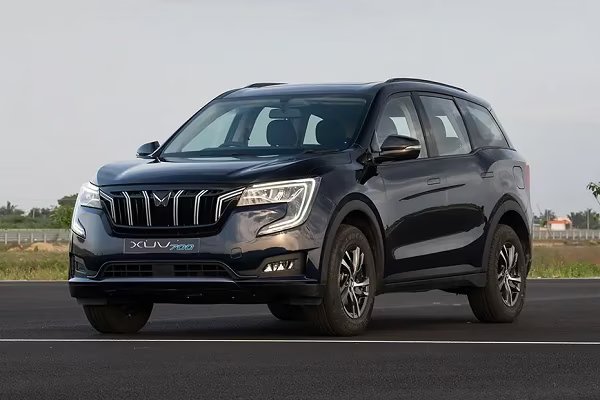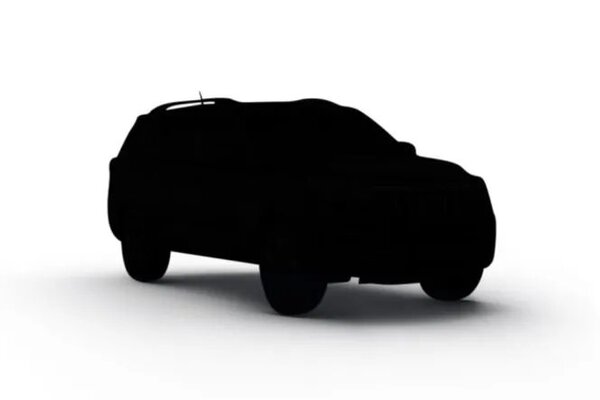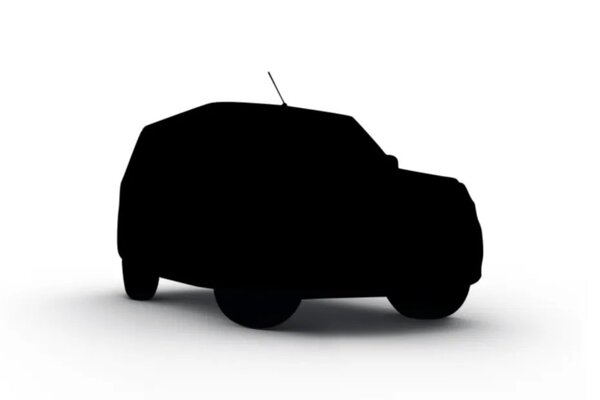Nine years on, SsangYong struggles to enter fast lane


Nine years since its acquisition of SsangYong Motor Co. Ltd, the Korean SUV maker remains an albatross for Mahindra and Mahindra Ltd (M&M), continuing to bleed every year except one.
After SsangYong posted a record 341 billion won ($295 million) loss for CY2019, Mahindra on 11 February said it will inject 500 billion won ($422 million) into it in a three-year rescue plan, either via its own investments or bank loans, or a third party investment. M&M is also in talks with the Korea Development Bank for loans and is looking at aggressive cost cutting.
Also check these Vehicles
Even as it posted its worst loss in CY2019, SsangYong’s topline at 3,624 billion won ($3,064 million) was similar to that in CY2016—3,629 billion won ($3,068 million)—when it clocked a 58 billion won ($49 million) net profit. That was the only year SsangYong posted a profit since 2007, and what then seemed to be a successful turnaround appears to have turned out to be a flash in the pan.
However, operating losses have zoomed to 282 billion won ($244 million) in just three years from an operating profit of 28 billion won ($24 million) in CY2016.
SsangYong’s consolidated debt has also peaked at over $383 million for the last year rising from $161 million in CY2016, according to Bloomberg data. Operating in South Korea where Hyundai Motor Co. and Kia Motors together dominate the market with over 80% share, SsangYong has struggled.
The company, which sells Rexton and Korando in the premium segment and Tivoli in the compact SUV category, has visible portfolio gaps in the face of aggressive competition.
SsangYong’s total sales volume, which peaked in CY2016 at 155,844 units, declined 6% year-on-year in CY2019 as its existing products failed to deliver. “The company has clearly made more investments in building its products, production capacity, research and development (R&D), and overheads. Its cost structures are inefficient," an auto analyst at a global brokerage firm said, requesting anonymity.
“The market has seen at least 2-3 downturns and recoveries in the last 10 years. But SsangYong has always struggled to make profits," added another analyst, raising doubts on the Korean carmaker’s management capabilities on making right market assessment and product strategy.
He said the Tivoli was launched at a time of rising demand for compact SUVs worldwide, boosting sales and operating expenses in CY2016. M&M’s managing director Pawan Goenka said that he expected CY2019 to be the first break-even year for the company and until Q1 CY2019, all was on track. “However, from Q2, things began reversing rapidly from all directions and it was because of the overall economic slowdown not just in Korea but all over the world," he said, adding that key export markets such as Iran, Egypt, Chile and eastern European countries were impacted by geopolitical factors last year.
“At the same time, the Korean market shifted very rapidly from diesel to petrol cars, more rapidly than the Indian market. SsangYong’s plants were designed more for output of diesel vehicles," he told reporters in Mumbai, pointing at the carmaker’s diesel-heavy portfolio. Accumulating losses at SsangYong translated into M&M absorbing about ₹600 crore as impairment expense in its own books for the quarter ended December 2019. This impacted M&M in shrinking its consolidated profit to ₹200 crore from ₹1,311 crore in Q3 FY2019.
However, Goenka added that the SsangYong has responded quickly to the market with petrol variants and now more than 50% of sales come from petrol variants of Tivoli and Korando. For M&M, SsangYong SUVs lend valuable platforms that it uses to build own vehicles for the India market.
For example, it deploys SsangYong’s Rexton G4 platform in its premium ₹25-30 lakh SUV Alturas G4 and Tivoli platform for its XUV300 variants. M&M is looking at improving SsangYong’s operating margins by 3% over 2 years via aggressively cutting material costs and saving 90 billion won per year for two years.
“There are two products where SsangYong could work with Mahindra—Ford alliance—on B-SUV and C-SUV. That will help us with (saving) capex and the speed-to-market (new product launches)," Goenka said.








 1497.0 cc
1497.0 cc Multiple
Multiple















